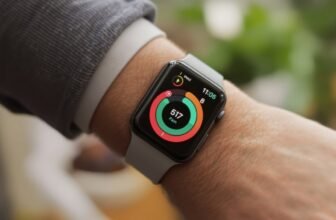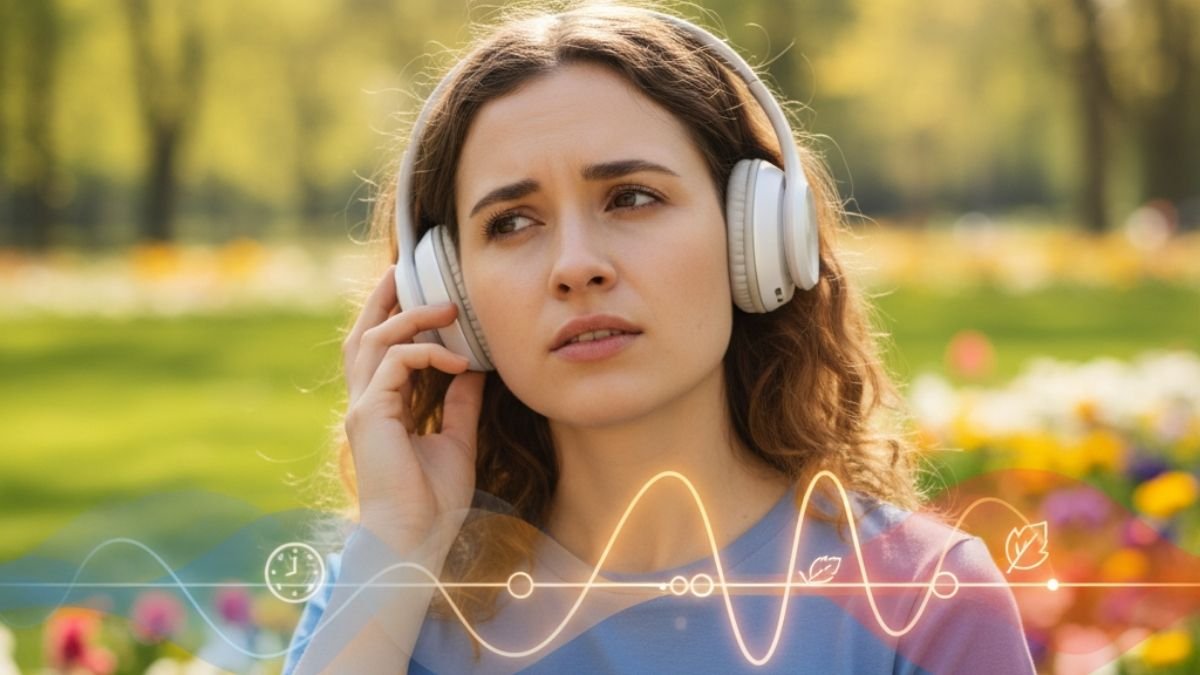
Look, we need to talk. It’s about that little bubble of sound you live in every day.
You know the one. Headphones in, world out. It’s your focus mode at work, your escape on the subway, the soundtrack to your workout. It’s how you catch up on podcasts while doing the dishes. It’s your private concert, anytime, anywhere. And honestly? It feels essential. It feels harmless.
But what if it’s not?
What if that daily habit, that simple comfort, is silently costing you something you can never, ever get back? This isn’t meant to be a lecture. It’s a real conversation, because a staggering number of us are walking straight into a health crisis we don’t even see coming. The World Health Organization has put out a stark warning: over one billion people between 12 and 35 are at risk of permanent, avoidable hearing loss.
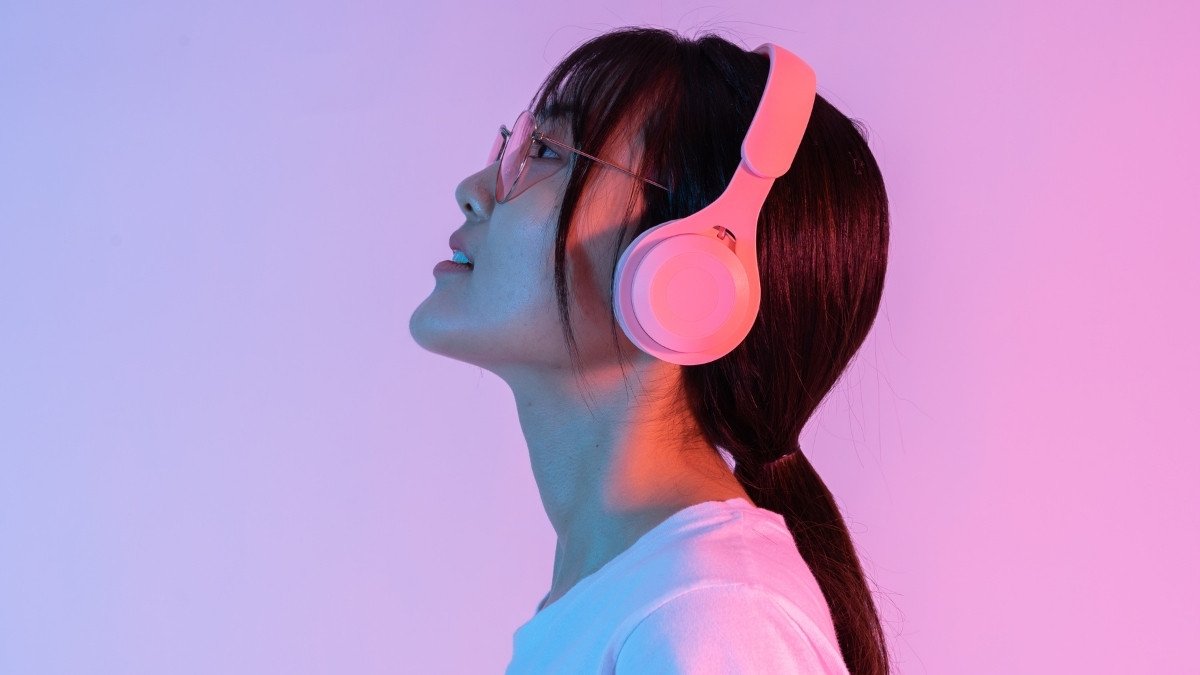
The culprit isn’t some new disease. It’s the device in your pocket and the earbuds in your ears. We’re not just damaging our hearing; we’re prematurely aging it. We’re subjecting our ears to a lifetime of wear and tear in just a few short years. As audiologist Dr. Sharon A. Ruff from the Cleveland Clinic puts it, overloaded ears can age 50% faster. That means you could walk into your 50s with the hearing of an 80-year-old.
So let’s get real about what’s happening, and what we can actually do to protect one of the most precious senses we have—without giving up the music and podcasts we love.
So, What’s Actually Happening in There? A Look Inside the Damage Zone
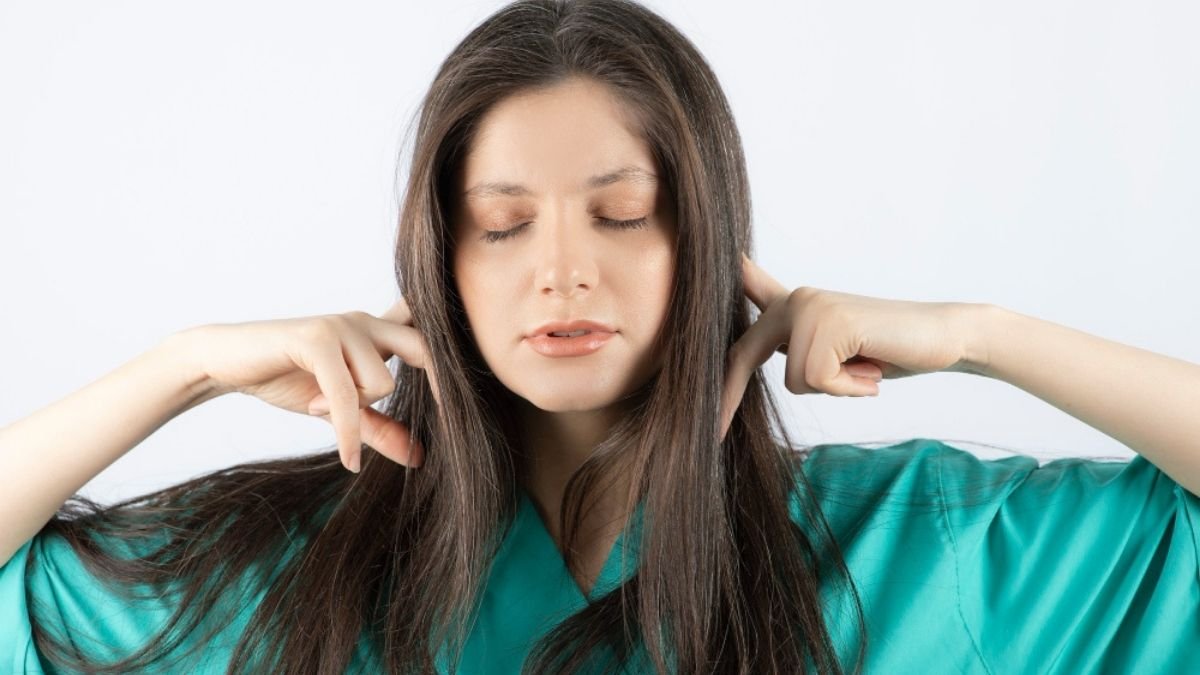
To really get this, you have to appreciate the beautiful, fragile piece of biological engineering tucked inside your head. Think of your inner ear as the most incredible microphone you’ve ever seen. Inside a tiny, snail-shaped organ called the cochlea, you have about 15,000 microscopic “hair cells”.
They’re not like the hair on your head. Each one has a tiny bundle of bristles on top, called stereocilia, that are ridiculously sensitive. When sound vibrations ripple through the fluid in your inner ear, these bristles bend. That bending motion opens a tiny channel, sending an electrical signal to your brain. And just like that, you hear. It’s an intricate, delicate dance.
Now, imagine turning the volume way up.
That delicate dance becomes a violent storm. The sound waves become shockwaves, slamming the fluid against those tiny hair cells. The bristles get bent, flattened, and snapped off like blades of grass being trampled.
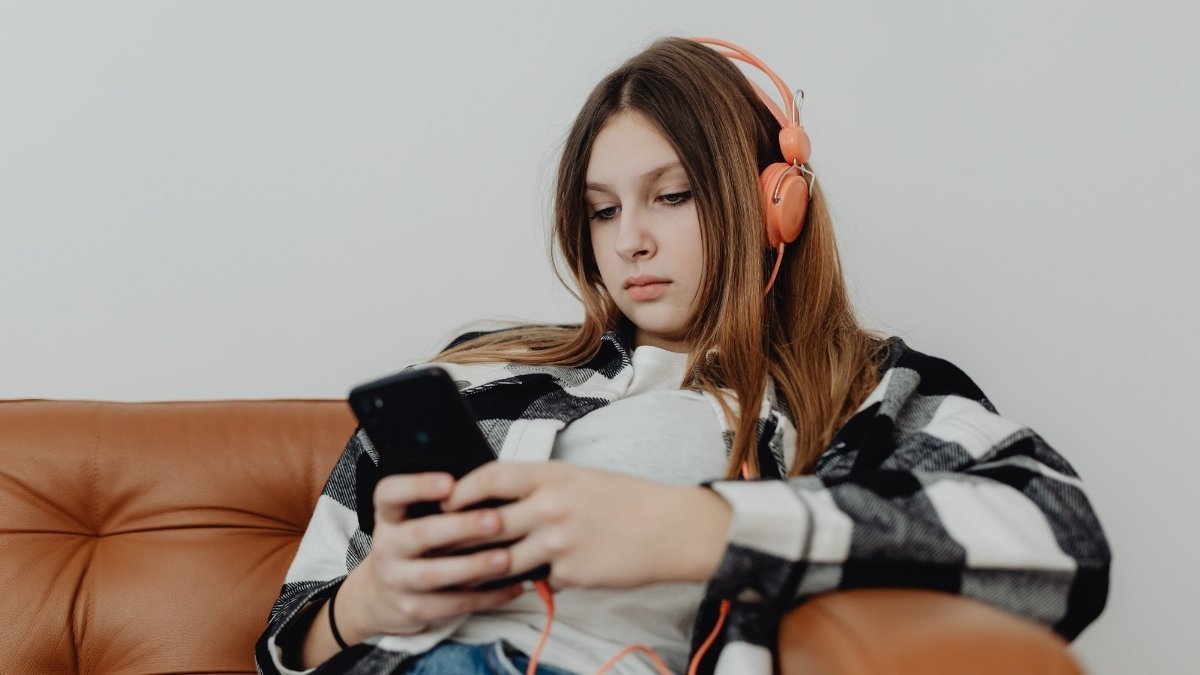
But it gets worse. It’s not just physical damage. When you force these cells to work that hard for that long, they go into metabolic overdrive. They start producing a ton of cellular waste, a kind of biological exhaust known as “free radicals”. This creates a state of oxidative stress, which is just as bad as it sounds. It’s like forcing an engine to redline for hours on end. The cells get inflamed, their power sources (the mitochondria) get damaged, and eventually, they get so exhausted and damaged that they trigger a self-destruct sequence. They die.
And here’s the part that should hit you like a ton of bricks: In humans, these hair cells never grow back. Once they’re gone, they’re gone forever. Your body just patches the spot with scar tissue, leaving a permanent dead spot in your hearing. This is why we call it premature aging—you’re burning through a finite resource that’s supposed to last a lifetime.
The Numbers Are Kind of Shocking, Honestly

This isn’t some fringe issue. The data is clear, and it’s alarming.
- Globally: The WHO projects that by 2050, nearly 2.5 billion people will have some degree of hearing loss, with 700 million needing serious help.
- In the U.S: around 40 million adults under 70 already show signs of noise-induced hearing loss.
- For Young People: This is where it gets really scary. Some studies show that 1 in 5 American teens already has some form of hearing loss—a rate that’s 30% higher than it was just a couple of decades ago.
So how does this happen? It all comes down to two things: how loud and how long. We measure loudness in decibels ($dB$). A normal conversation is about 60-70 $dB$. Anything below 70 $dB$ is considered safe for any amount of time.
The danger zone starts at 85 $dB$. That’s the sound of a gas lawnmower or heavy city traffic. At that level, you have about 8 hours of safe listening time a day. But here’s the crucial part: for every 3 decibels you go up, your safe listening time gets cut in half.
- At 88 $dB$, you have 4 hours.
- At 91 $dB$, you have 2 hours.
- At 100 $dB$ (a nightclub or power tool), you have just 15 minutes.
- At 110 $dB$ (the max volume on many phones), you have less than 2 minutes.
Let’s put that into perspective.
Noise Exposure Levels & Hearing Risk
Normal Conversation
Decibel Level: 60-70 dBA
Safe Exposure: Unlikely to cause hearing loss
City Traffic (in car)
Decibel Level: ~80-85 dBA
Safe Exposure: ~8 hours
Blender / Lawn Mower
Decibel Level: 85-90 dBA
Safe Exposure: 2-8 hours
Headphones (60% Vol)
Decibel Level: ~75-85 dBA
Safe Exposure: ~8 hours or more
Headphones (Max Vol)
Decibel Level: 94-110 dBA
Safe Exposure: < 1 minute to 1 hour
Movie Theater
Decibel Level: 74-104 dBA
Safe Exposure: Varies (minutes to hours)
Concert / Sporting Event
Decibel Level: 94-110 dBA
Safe Exposure: < 1 minute to 1 hour
Sirens
Decibel Level: 110-129 dBA
Safe Exposure: Immediate danger
Fireworks Show
Decibel Level: 140-160 dBA
Safe Exposure: Immediate damage possible
*The data provided is a general guide. Individual hearing sensitivity may vary.
Seeing your headphones at max volume right next to a rock concert should be a wake-up call.
The Simple Rule That Changes Everything: The 60/60 Guideline
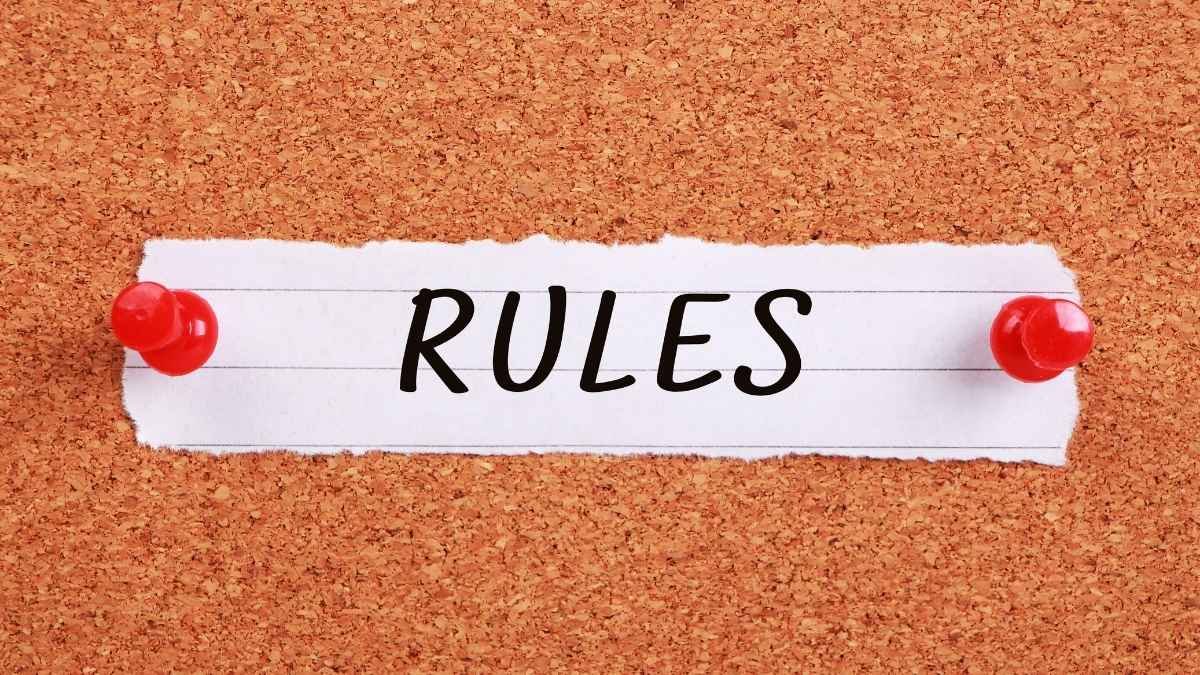
Okay, so that’s the scary part. Here’s the hopeful part: this is almost entirely preventable. You don’t need complicated equipment or a degree in audiology. You just need to remember one simple, powerful rule.
It’s called the 60/60 Rule: Listen at no more than 60% of your device’s maximum volume for no more than 60 minutes at a time.
That’s it. It’s that simple.
- Why 60% Volume? Because on most phones, 60% volume keeps the sound level right around that 75-85 $dB$ sweet spot, which is generally safe for longer periods.19 Cranking it to 100% can blast your ears with over 100 $dB$, entering the danger zone in minutes.
- Why 60 Minutes? Because the damage is cumulative. Taking breaks gives those overworked hair cells a chance to rest and recover. It lets them clear out that metabolic waste we talked about, reducing the risk of burnout.
You can even make your phone help you stick to this.
- On an iPhone: Go to Settings > Sounds & Haptics > Headphone Safety. Turn on Reduce Loud Sounds and set the limit to 85 decibels or lower. Done.17
- On an Android: Go to Settings > Sound and vibration > Volume. Tap the three dots in the corner and find Media volume limit. Turn it on and set your max.
And one more thing: your choice of headphones really matters. The main reason we crank the volume is to drown out the world around us. So, the best headphones are the ones that do that for you.
Audiologists widely recommend noise-canceling headphones. By electronically erasing background noise, they remove the single biggest temptation to turn the volume up to dangerous levels. Think of them less as a gadget and more as a piece of health equipment. Over-the-ear headphones or earbuds that create a good seal also work wonders.
The Sneaky Ways Your Body Warns You
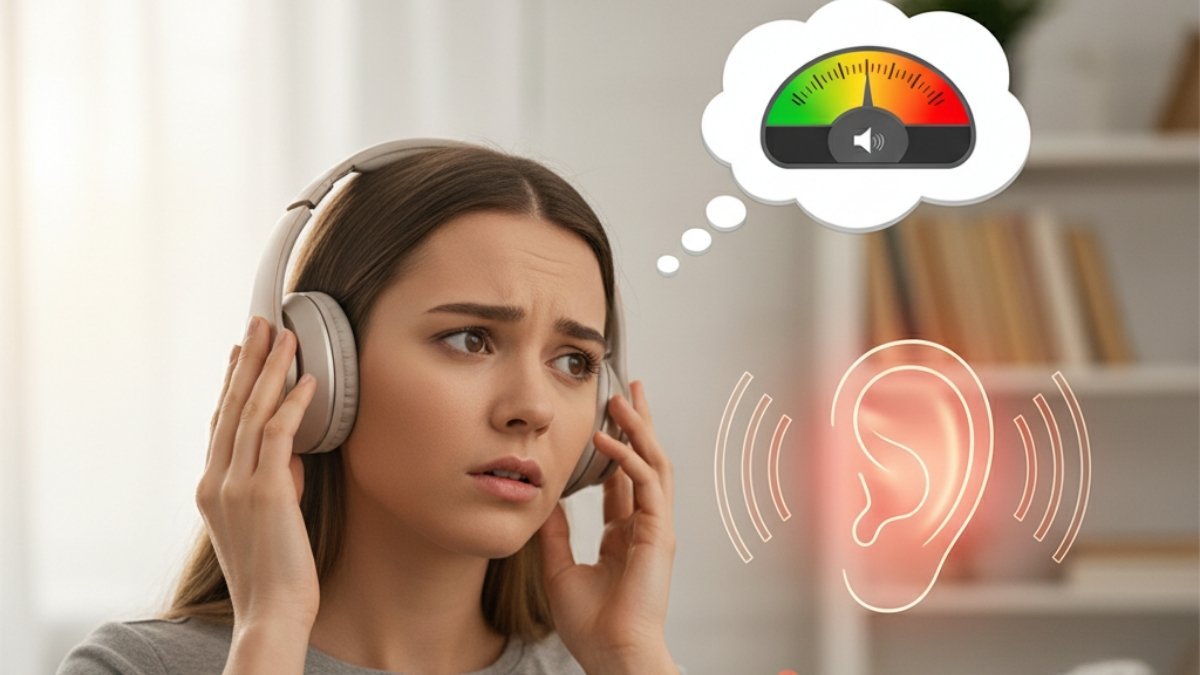
Noise-induced hearing loss is a silent creeper. It’s gradual and painless, so you often don’t notice the damage until it’s too late. But your body does send out warning flares. You just have to know what to listen for.
- Ringing in Your Ears (Tinnitus): If your ears are ringing or buzzing after you take your headphones off, even if it goes away, that’s not normal. That’s the sound of your auditory system screaming that it’s been pushed too far. It’s the number one red flag.
- Muffled Sounds: Ever finish a long listening session and the world sounds a bit dull or like you have cotton in your ears? That’s your ears being fatigued. While it might clear up, each time it happens, a little bit of permanent damage can be left behind.
- The “Huh? What?” Effect: This is the classic one. You can hear just fine when it’s quiet, but you can’t follow a conversation in a noisy restaurant to save your life. That’s because this type of hearing loss often kills the hair cells that process high-frequency sounds first—the very sounds that give speech its clarity.
This Isn’t Just About Your Ears. It’s About Your Brain and Your Life.
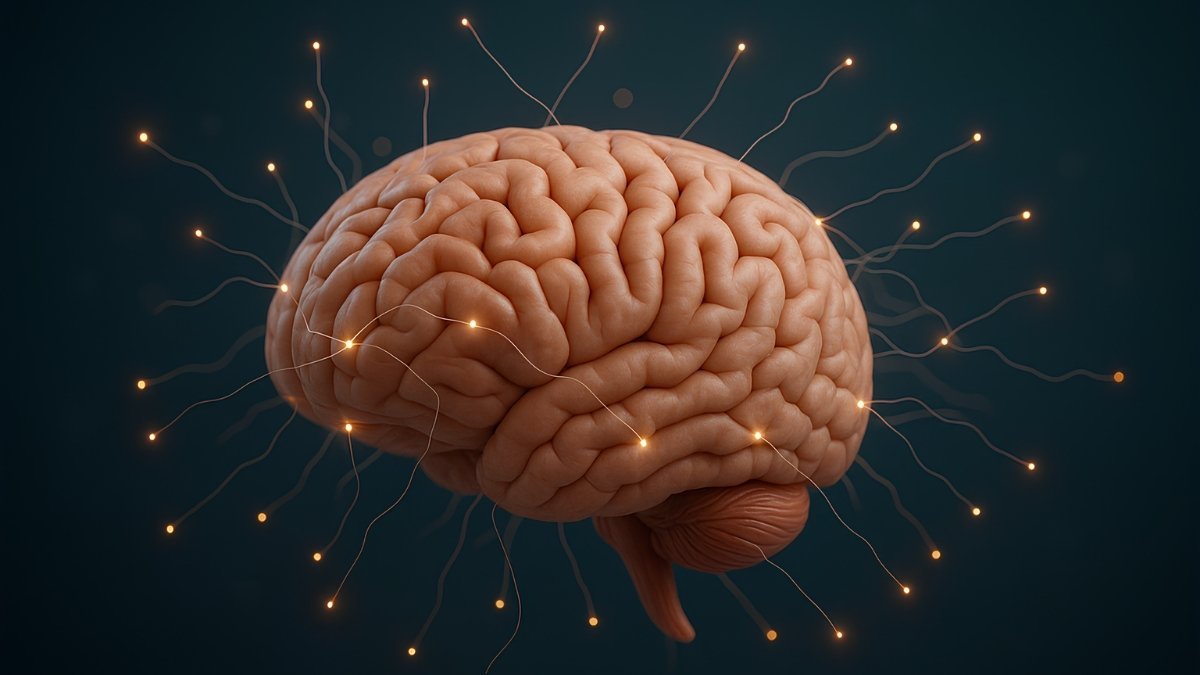
Here’s where the story gets even bigger. Losing your hearing isn’t like losing a pair of glasses. It’s a systemic health issue that has profound effects on everything else.
- Your Brain: A growing mountain of research has identified untreated hearing loss as a major modifiable risk factor for dementia. Think about it this way: when your brain gets a fuzzy, incomplete sound signal, it has to work overtime just to figure out what’s being said. This constant strain, called “cognitive load,” steals resources from other parts of your brain, like memory.
- Your Mental Health: The frustration of not being able to connect with people can be incredibly isolating. It leads to a higher risk of depression and anxiety. Helen Keller, who knew a thing or two about sensory loss, said it best: “Blindness cuts us off from things, but deafness cuts us off from people.”
- Your Safety: Your hearing is a vital warning system. Not hearing a smoke alarm, a car horn, or someone shouting a warning can have tragic consequences. It’s even linked to a higher risk of falls, as the inner ear also helps control your balance.
Let’s Bust Some Myths That Are Costing Us Our Hearing
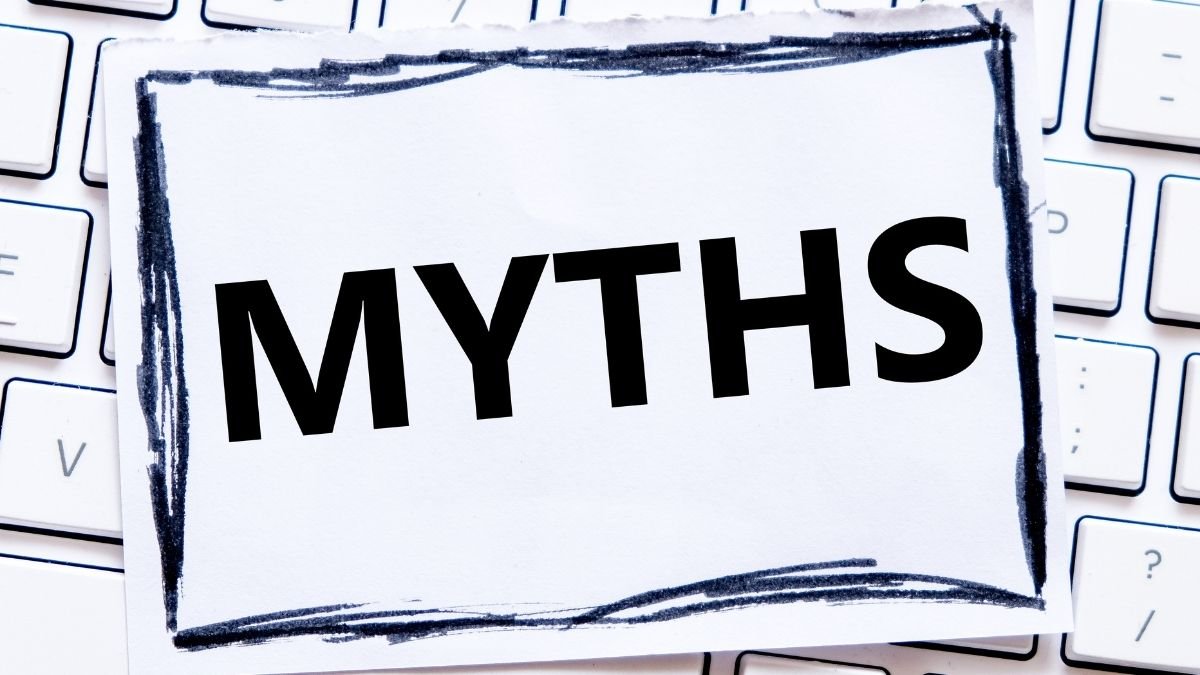
There’s a lot of bad information out there that makes it easy to ignore the problem. Let’s clear a few things up.
- Myth 1: “Hearing loss is for old people.”
- Fact: Absolutely not. As we’ve seen, it’s a massive and growing problem for teens and young adults. Noise doesn’t check your ID.
- Myth 2: “My ears will get used to the loud music.”
- Fact: That feeling of “getting used to it” isn’t your ears adapting. It’s your ears fatiguing. It’s a sign of damage, not strength.
- Myth 3: “If it’s damaged, it will just heal itself.”
- Fact: This is the most dangerous myth of all. The hair cells in your inner ear do not regenerate. Once they die, the damage is permanent. There is no cure.
- Myth 4: “It’s not dangerous unless my ears actually hurt.”
- Fact: The pain threshold for sound is around 140 $ dB. The damage threshold starts at 85 $dB$. You can be doing serious, irreversible harm in a loud bar or with your headphones cranked up without feeling a single thing. The damage is silent.
Need More Help? Look Into These.
Knowing the rules is one thing, but having the right tools can make protecting your hearing almost effortless. Think of these not as just gadgets, but as investments in your long-term hearing health. Here are a few options that can make a real difference.
1. For the Ultimate Quiet: Sony WH-1000XM6 Headphones

If you’re serious about blocking out the world so you can keep your volume low, these are pretty much the gold standard. Their noise-canceling technology is top-tier, which means you won’t be tempted to crank up the podcast to drown out your noisy commute or office chatter. They’re an investment, but one that directly helps you follow the rules.
2. For Powerful Noise-Canceling on the Go: Bose QuietComfort Ultra Earbuds

If you prefer the portability of earbuds but don’t want to compromise on noise cancellation, these are your best bet. They create a fantastic seal and actively erase background noise, making them perfect for travel or the gym. This means you can enjoy clear audio at much safer volumes, even in loud environments.
3. For Great Value Noise-Canceling: Anker Soundcore Life Q30

You don’t have to spend a fortune to get effective noise cancellation. The Anker Soundcore series is known for offering incredible value, and the Life Q30 headphones are a prime example. They do a great job of reducing ambient noise and have an impressive battery life, making them a smart, affordable choice for everyday use.
4. For Live Music Lovers: Loop Experience 2 Earplugs

Love going to concerts, but hate the ringing in your ears afterward? These aren’t your standard foam earplugs. High-fidelity earplugs like the Loop Experience are designed to reduce the overall decibel level without muffling the music. You get the full, clear experience at a much safer volume. They’re stylish, comfortable, and an absolute must-have for any music fan.
5. For Protecting Little Ears: Puro Sound Labs PuroQuiet Kids Headphones

It’s crucial to protect kids’ hearing from the start. These headphones are specifically designed with a volume limiter to keep the sound at a safe 85dB level. Plus, they have active noise cancellation, which is a fantastic feature for kids in noisy environments (like cars or planes), as it helps them hear without needing to push the volume to the max.
Your Hearing, Your Choice
So, where does this leave us? It leaves us with a clear choice. The evidence is undeniable: the way we use our personal devices is creating a public health crisis. The damage is biological, cumulative, and permanent.
But the most important takeaway is this: it is almost 100% preventable. You have the power to protect your hearing for life, starting right now.
- Embrace the 60/60 Rule. Today. Set a timer if you have to. Make it a habit.
- Go Into Your Phone’s Settings. Right now. Set a volume limit. It takes 30 seconds and creates a permanent safety net.
- Think About Your Gear. Next time you’re upgrading, consider a pair of noise-canceling headphones. It’s one of the best investments you can make for your long-term health.
- Listen to the Warning Signs. If your ears are ringing, give them a break. A real break in the quiet.
- Get a Baseline Test. If you’re a heavy headphone user, consider seeing an audiologist for a hearing test. It’s good to know where you stand.
This isn’t about giving up the things you love. It’s about making sure you can keep enjoying them for the rest of your life. Protecting your hearing is an investment in your future brain, your future happiness, and your future connection to the world. It’s your choice to make.



